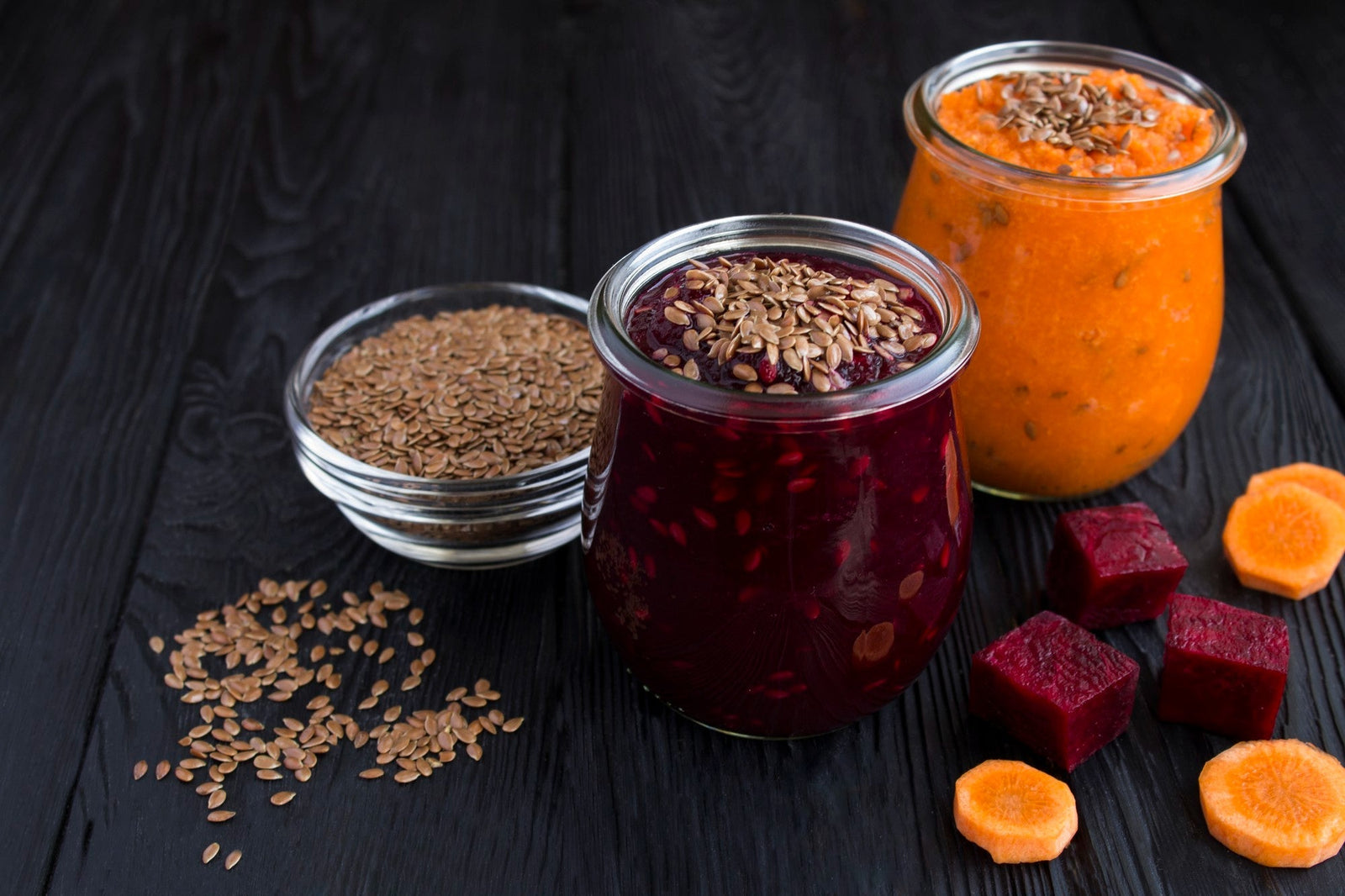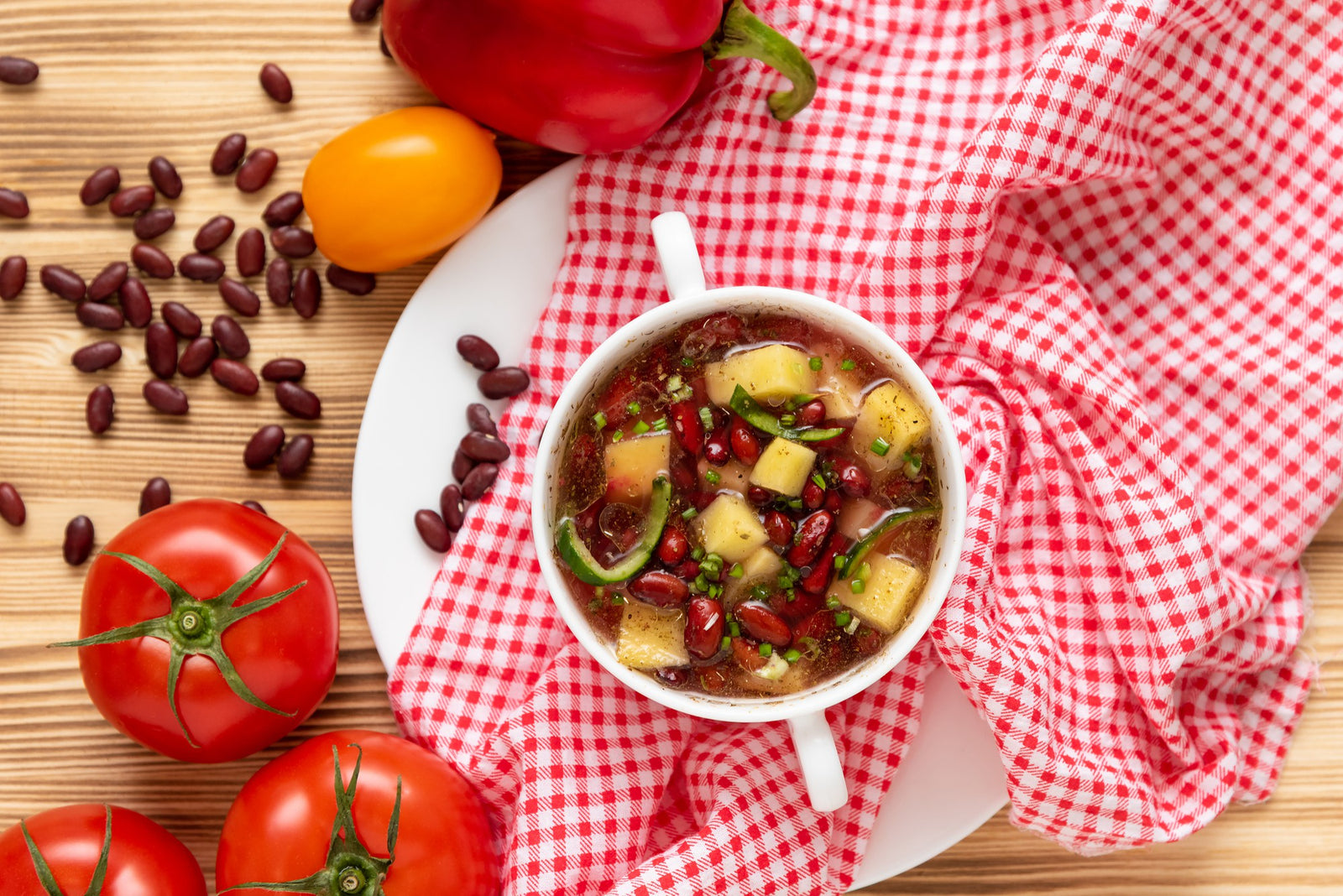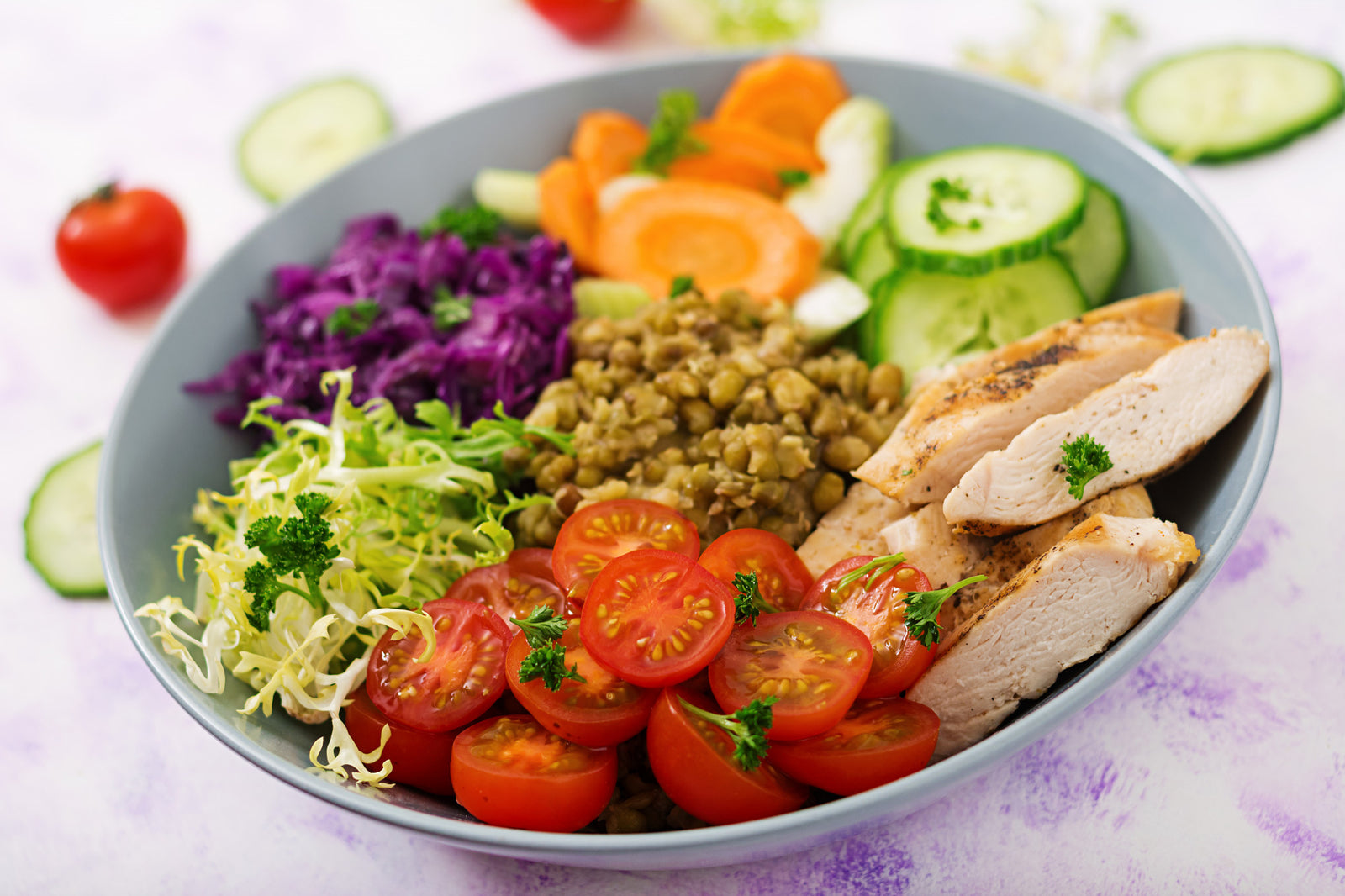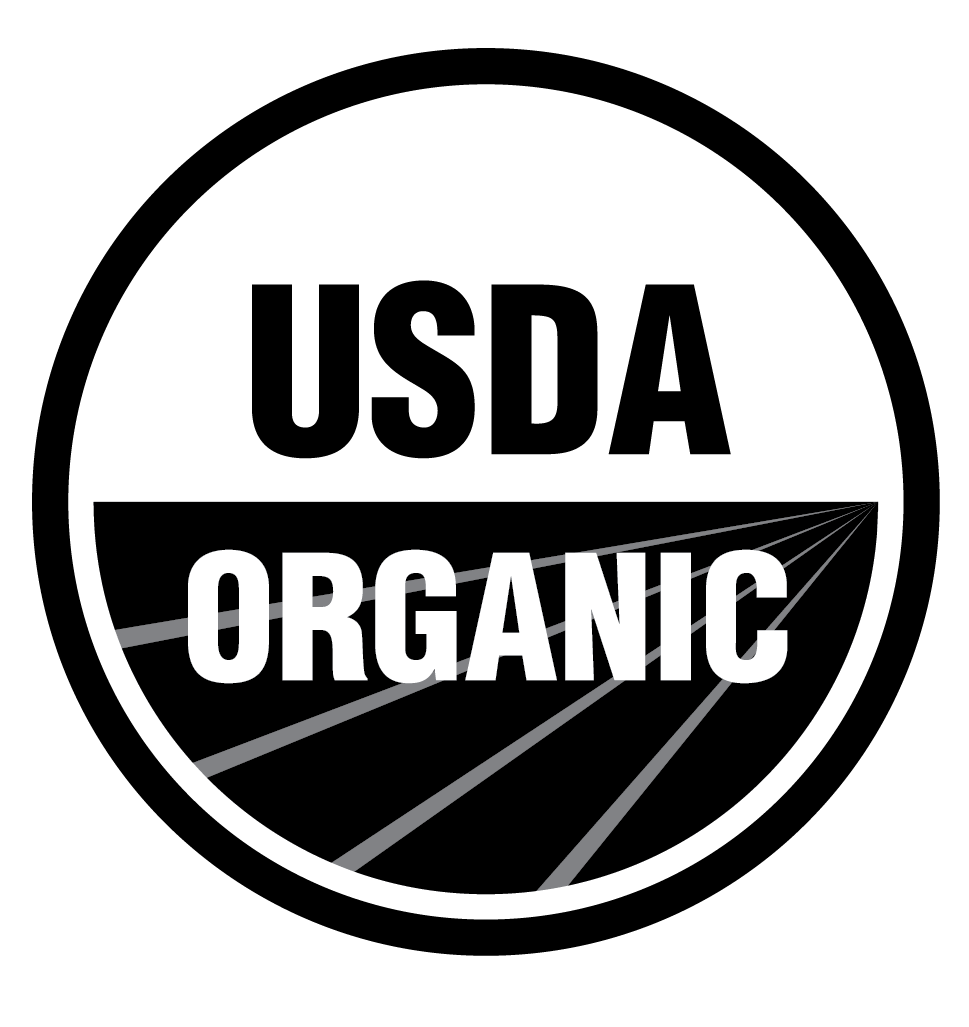
June 14, 2022 2 min read
Khorasan Wheat (or Kamut) is classified as Triticum turanicum. This species of wheat is related to tetraploid, more commonly known as Durum wheat, a pasta grain. Khorasan is the best choice as a substitute for common wheat as they are very similar in many ways. It can be used to make bread, cookies, risotto, and anything else that calls for wheat flour.

Although Kamut is similar to common wheat, there are a few key differences between the two grains.
Khorasan wheat is said to be more easily digestible than other wheat. While it isn't gluten-free, its gluten content is different than common wheat, making it better for gluten-sensitive people. Khorasan wheat is much larger in size, it being a long-grained wheat. Its shape is also slightly more rounded than other types of wheat. The taste is much sweeter than common wheat. It contains natural sugars that make this wheat easily distinguishable by taste. The taste is rich and has a nutty tone to it.

This ancient grain originated in Egypt, along the fertile crescent. In ancient Egypt, they most likely would have ground the wheat berries into flour to make bread.
Although there are many interpretations of how we came upon the specific wheat we have now.
Some say the grain was found in an ancient Egyptian tomb. Others say small farmers cultivated the crop and gave us the kind of wheat we have today.
No matter how it was found, the type of Khorasan we have now is most likely not the exact same variety as the one originally found in Egypt.
Kamut is an especially nutritious cereal, being rich in protein and dietary fiber. It is a nutrient dense wheat that most consider a super grain. To learn more information about what a super grain is, check out our blog What are Supergrains?
❤ Try our USDA certified organic Kamut Wheat Berries ❤
Thanks for reading this Be Still Farms Blog article. To sign up for more news/articles and/or recipes, click here. For more about us, click here. To shop our certified organic products, click here.
Please comment and share and we look forward to serving you in the future!
Comments will be approved before showing up.

January 27, 2025 3 min read
Flaxseed, the tiny yet powerful superfood, is packed with nutrients that can support weight loss. From curbing hunger to stabilizing blood sugar, this guide dives into the science of how flaxseed can help you shed those extra pounds.

December 11, 2024 3 min read
Discover three quick and easy soup recipes featuring organic small red beans. From a classic vegetable soup to a creamy potato blend, these wholesome recipes are perfect for chilly days and busy weeknights. Packed with flavor and nutrition, these soups will warm your heart and soul this winter!

December 06, 2024 3 min read
This vibrant and nutritious Green Lentil Salad combines tender lentils with grilled chicken, fresh vegetables, and a zesty lemon dressing. Packed with protein, fiber, and essential vitamins, it’s the perfect healthy meal for any time of day.
© 2025 Be Still Farms- Real, Fine Organics.
Privacy | Terms | Refund Policy | Organic Certification
